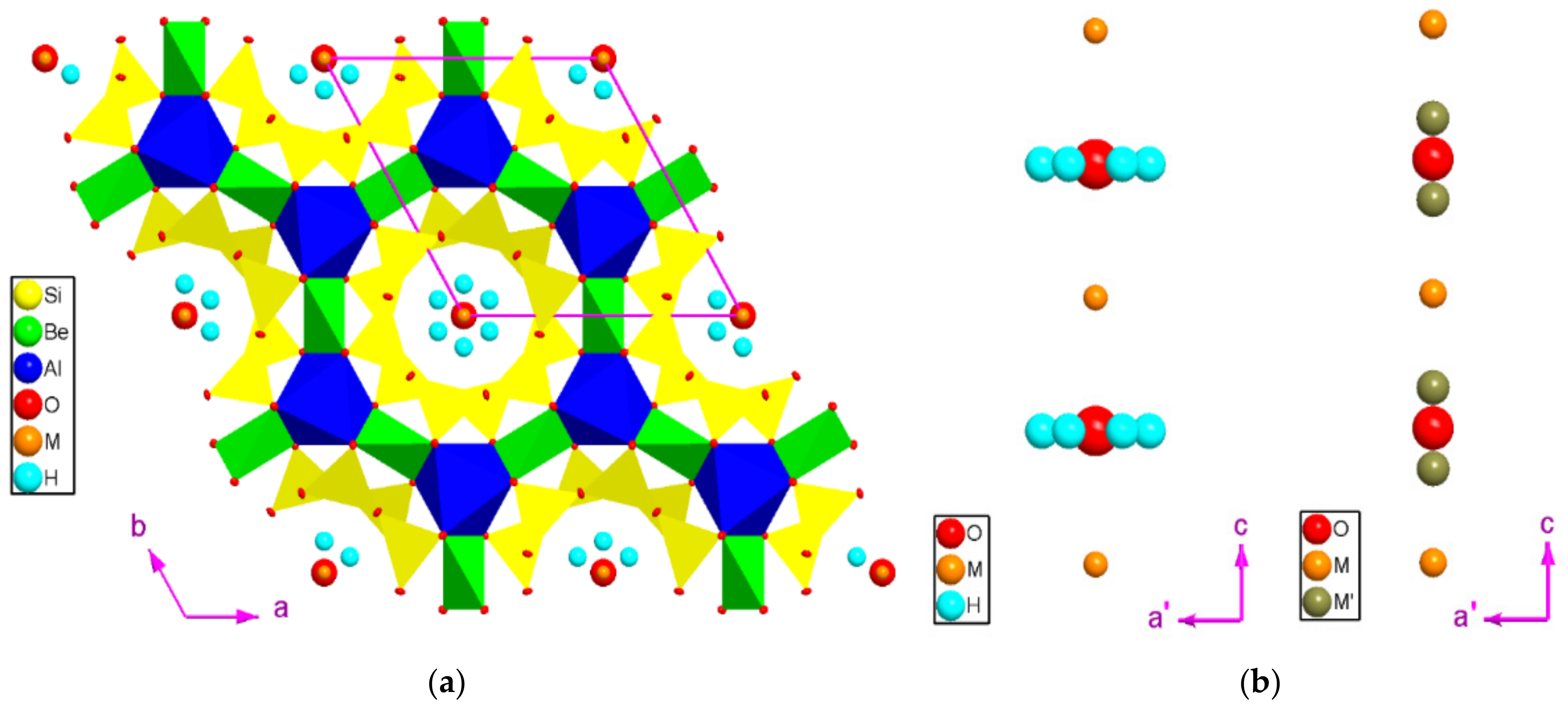Hurricane Beryl’s Impact: Nhc Beryl

Nhc beryl – Hurricane Beryl, a powerful storm that made landfall in Florida on July 6, 2018, brought widespread damage and flooding to the state. The storm’s path took it across the eastern coast of Florida, from Daytona Beach to Jacksonville, before weakening and moving inland.
NHC Beryl is currently a tropical storm and has the potential to develop into a hurricane. If you’re looking for the latest information on its path and intensity, be sure to check out the tropical storm beryl spaghetti models.
These models provide a variety of possible scenarios for the storm’s track, so you can be prepared for any potential impacts. NHC Beryl is expected to bring heavy rainfall and strong winds to the affected areas, so it’s important to stay informed and take necessary precautions.
Impact on Affected Areas
Hurricane Beryl caused significant damage to buildings and infrastructure in affected areas. Homes and businesses were damaged by high winds and flooding, and many roads were impassable due to downed trees and debris. The storm also caused power outages for hundreds of thousands of people, some of whom were without power for several days.
Real-Life Accounts
Many people in Florida experienced the devastating impact of Hurricane Beryl firsthand. One resident of Daytona Beach, who lost her home to the storm, said, “It was like a war zone. The wind was so strong that it ripped the roof off my house and sent it flying through the air.” Another resident of Jacksonville, who was forced to evacuate her home due to flooding, said, “I’ve never seen anything like it. The water was rising so fast that we had to leave everything behind and run for our lives.”
Hurricane Beryl’s Forecast and Tracking
Hurricane Beryl’s path and intensity were forecasted and tracked using various meteorological tools and techniques. These included:
Weather Forecasting Models
Computer models, such as the Global Forecast System (GFS) and the European Centre for Medium-Range Weather Forecasts (ECMWF), use mathematical equations to simulate the atmosphere and predict weather patterns. These models provide guidance on a hurricane’s likely track and intensity.
Satellite Imagery
Satellites monitor hurricanes from space, providing real-time observations of their structure, movement, and intensity. Satellite images help forecasters identify features such as the hurricane’s eye, rainbands, and wind patterns.
Radar Data
Radar systems detect precipitation and can be used to track the movement and intensity of hurricanes. Radar data provides information about the hurricane’s rainfall rates and distribution, which can help forecasters predict its potential impact on land.
Aircraft Reconnaissance, Nhc beryl
Aircraft fly into hurricanes to collect data on their structure, wind speeds, and pressure. This information is used to verify and refine computer model predictions and improve hurricane forecasts.
Challenges in Hurricane Forecasting
Hurricane forecasting is a complex and challenging task due to several factors:
- Unpredictable Atmospheric Conditions: The atmosphere is a dynamic system, and small changes in conditions can significantly alter a hurricane’s path and intensity.
- Data Limitations: Despite advances in technology, there are still gaps in our understanding of hurricane behavior, and data collection can be limited in certain areas.
- Time Constraints: Hurricanes can develop and intensify rapidly, making it difficult to provide accurate forecasts with sufficient lead time.
Timeline of Hurricane Beryl’s Predicted Path and Intensity
Based on the aforementioned forecasting methods, Hurricane Beryl’s predicted path and intensity were as follows:
- July 5th: Tropical Storm Beryl formed over the Atlantic Ocean.
- July 6th: Beryl strengthened into a hurricane.
- July 7th: Beryl reached Category 3 intensity and made landfall in the Dominican Republic.
- July 8th: Beryl weakened to a tropical storm and emerged over the Atlantic Ocean.
- July 9th: Beryl dissipated over the open ocean.
Hurricane Beryl’s Preparedness and Response

In the face of Hurricane Beryl’s impending arrival, authorities and individuals alike mobilized to minimize its potential impact. These preparedness measures proved crucial in mitigating the hurricane’s effects.
Prior to the hurricane’s landfall, local governments issued evacuation orders for coastal areas, urging residents to seek higher ground. Emergency shelters were established to provide refuge for those who heeded the evacuation orders.
Response Efforts
As Hurricane Beryl made landfall, emergency response teams sprang into action. Search and rescue operations were swiftly deployed to locate and assist individuals trapped or stranded by the hurricane’s wrath. Damage assessment teams were also mobilized to evaluate the extent of the destruction and prioritize recovery efforts.
In the aftermath of the hurricane, recovery assistance poured in from various organizations and government agencies. This aid included providing food, water, shelter, and medical care to affected communities. Long-term recovery efforts focused on rebuilding infrastructure, restoring essential services, and supporting the economic recovery of impacted areas.
Lessons Learned
The preparedness and response efforts implemented during Hurricane Beryl provided valuable lessons for future hurricane preparedness. The importance of timely evacuation orders and the establishment of accessible emergency shelters was reinforced.
The coordination between emergency response teams and the swift deployment of search and rescue operations proved essential in saving lives and minimizing the impact of the hurricane. The provision of immediate recovery assistance and the long-term support for affected communities were crucial in facilitating the recovery process.
NHC Beryl a di big storm weh a move cross di Atlantic Ocean. Di storm don reach hurricane strength, and it a expected fi strengthen more as it move towards di Lesser Antilles. One a di islands weh Beryl a expected fi pass near is Barbados.
Barbados Hurricane Beryl a di name weh dem a call di storm as it approach di island. NHC Beryl a one serious storm, and Barbados a need fi prepare fi di impact.